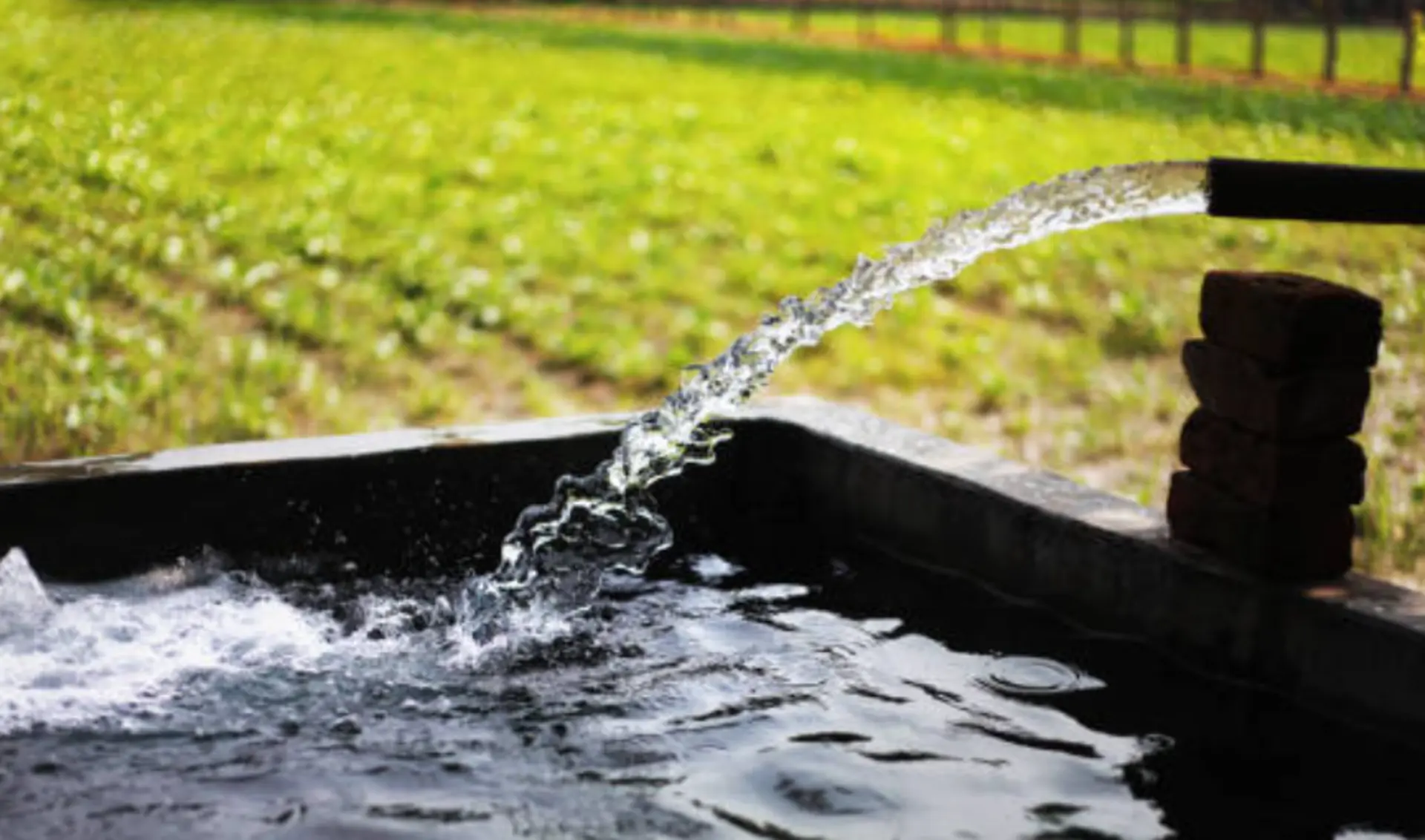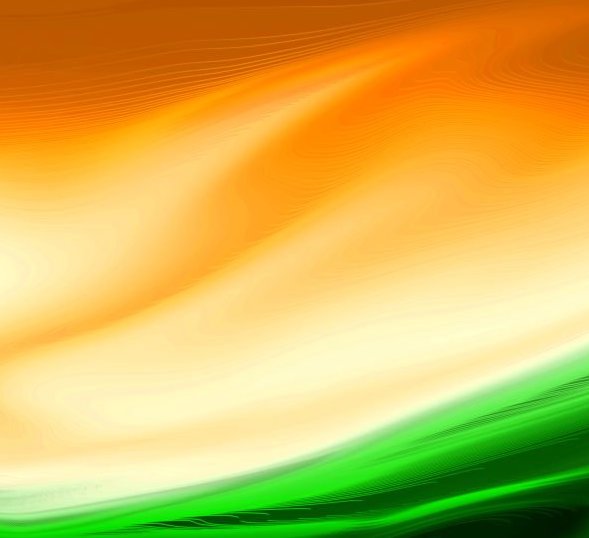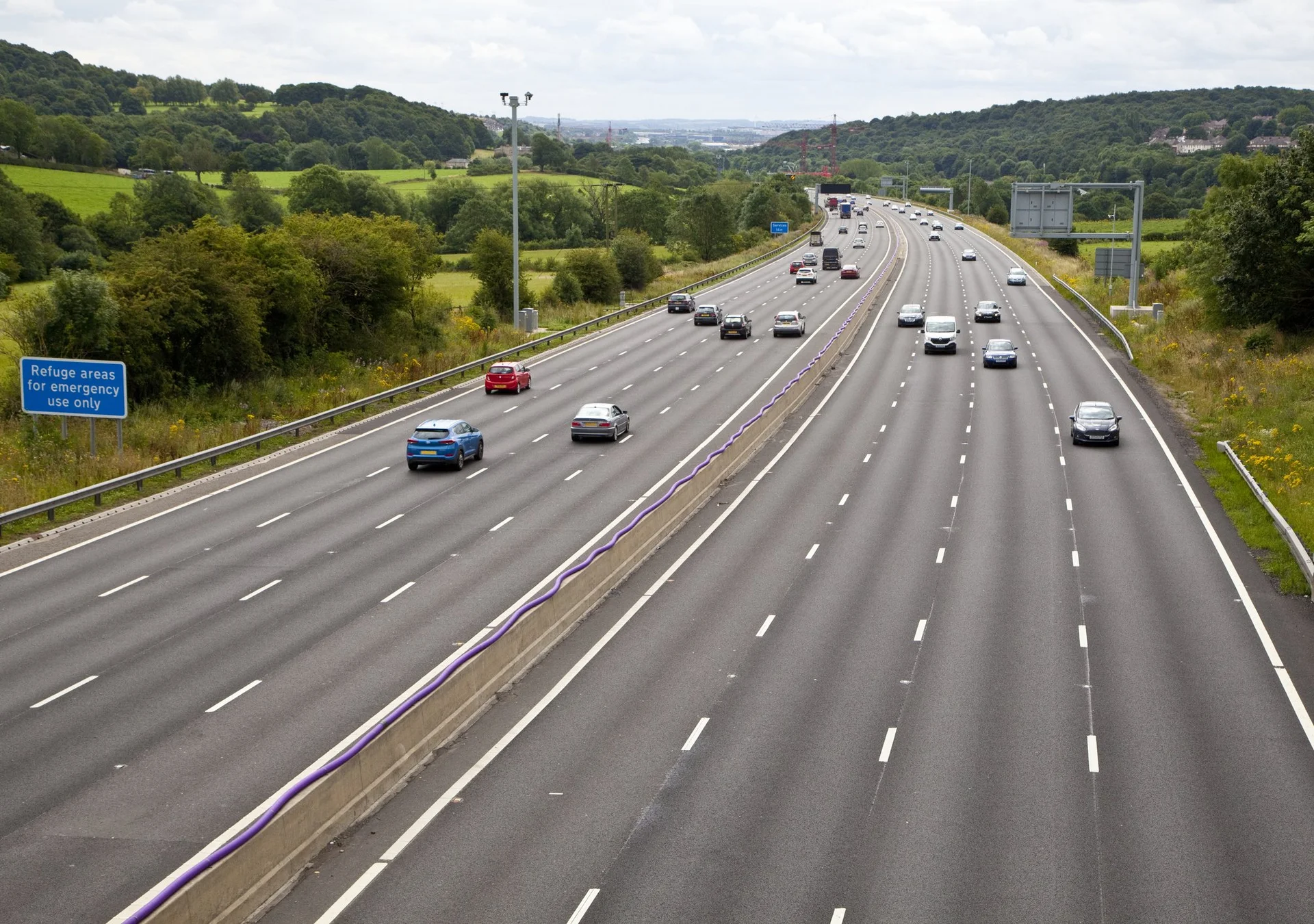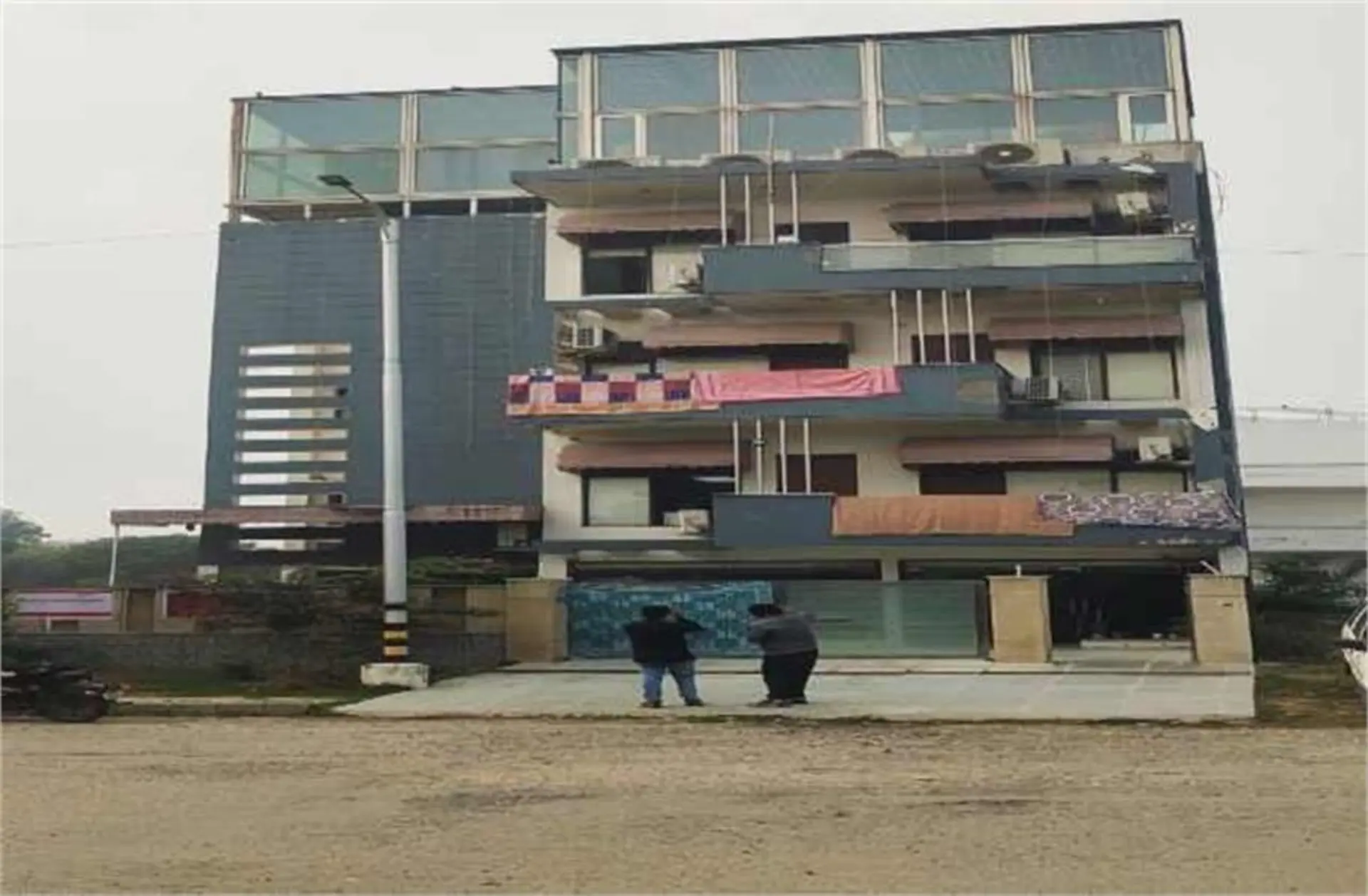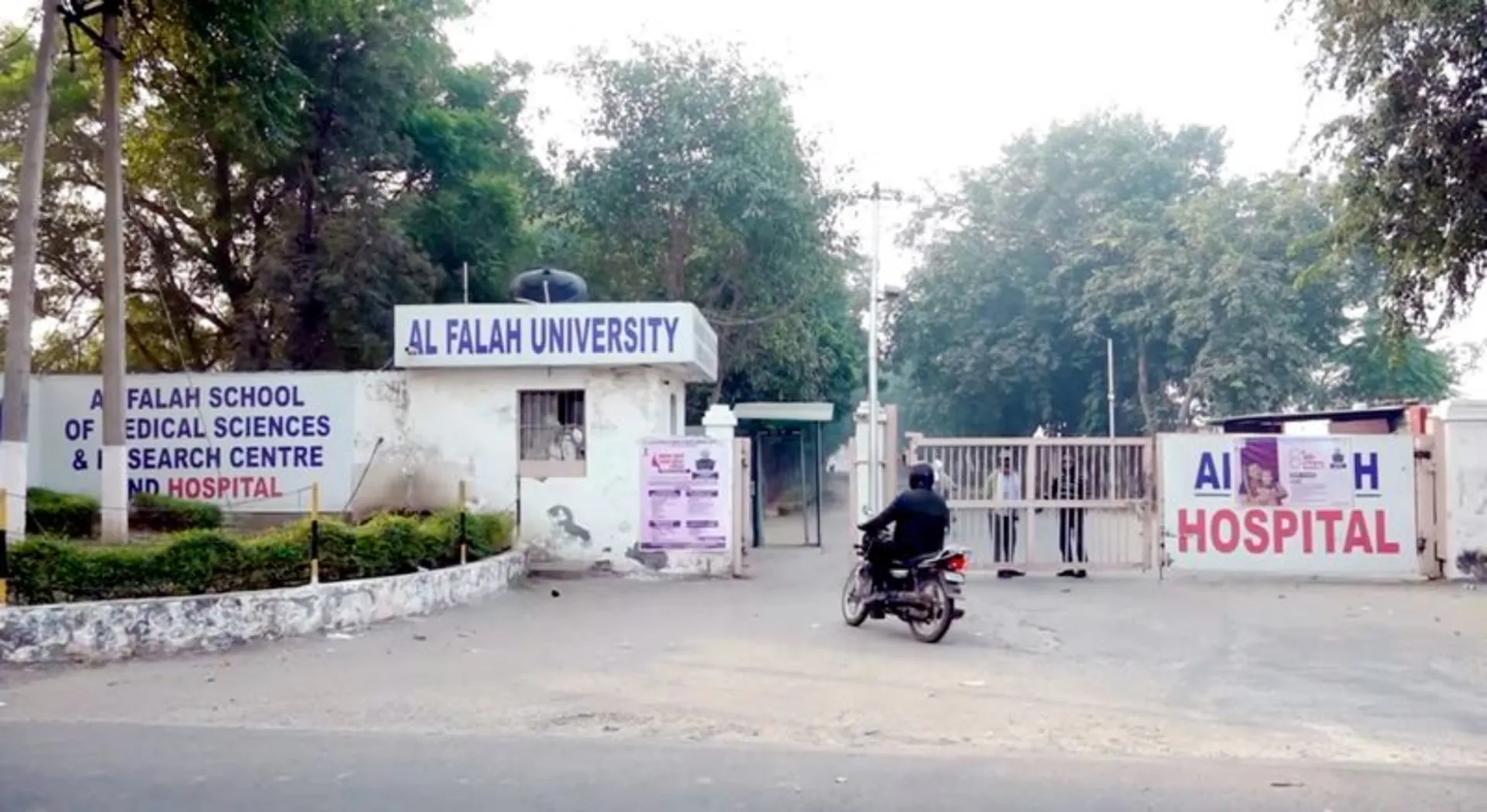
The Central Ground Water Board (CGWB) released a comprehensive report which paints a concerning picture of Haryana's groundwater situation. The state has joined five other states and Union Territories where water extraction surpasses the annual recharge rate. With an overall extraction rate of 136%, Haryana's agricultural future faces significant challenges. Kurukshetra district, known for its intensive farming, shows the most alarming figures with a 228.42% extraction rate.
Urban Centers Show Dangerous Trends
The state's major urban centers are not far behind in the water crisis. Gurugram and Faridabad, the economic powerhouses of Haryana, report extraction rates of 212.77% and 180.89% respectively. These figures are particularly worrying given the rapid urbanization and increasing population in these areas. The excessive groundwater use in these cities threatens both residential water supply and industrial operations.
Current Status and Critical Areas
Of Haryana's total area, 26,131.63 square kilometers (60.48%) is classified as over-exploited. Only 28.4% of the area remains in the safe category, while 11.12% falls under critical or semi-critical zones. The state's annual groundwater recharge stands at 10.32 billion cubic meters (BCM), with an extractable resource of 9.36 BCM. Districts like Panipat (222.11%), Kaithal (190.24%), and Fatehabad (176.99%) show significantly high extraction rates.
Government Response and Future Plans
Authorities are working on comprehensive solutions to address this crisis. The Faridabad Metro Development Authority has proposed a 100-acre water reservoir project. Additionally, five areas in Karnal, Ambala, Hisar, and Fatehabad have been identified as deteriorating units requiring immediate attention. These initiatives aim to increase groundwater recharge and implement sustainable water management practices.



